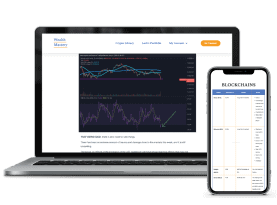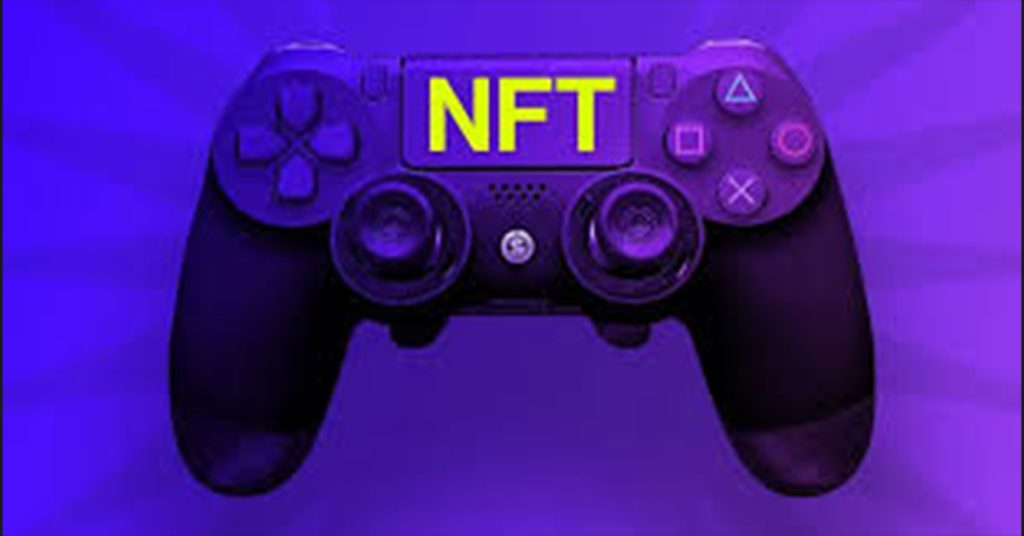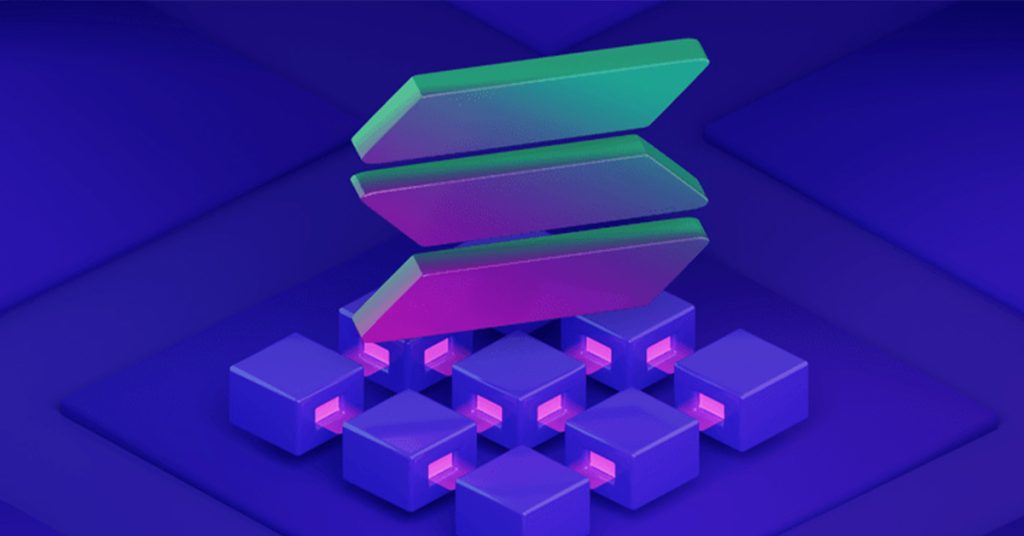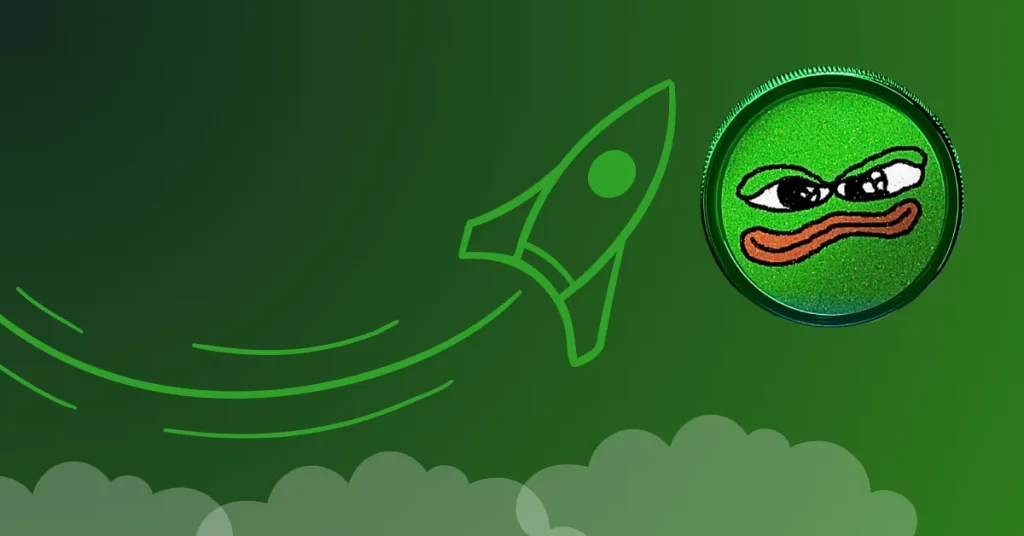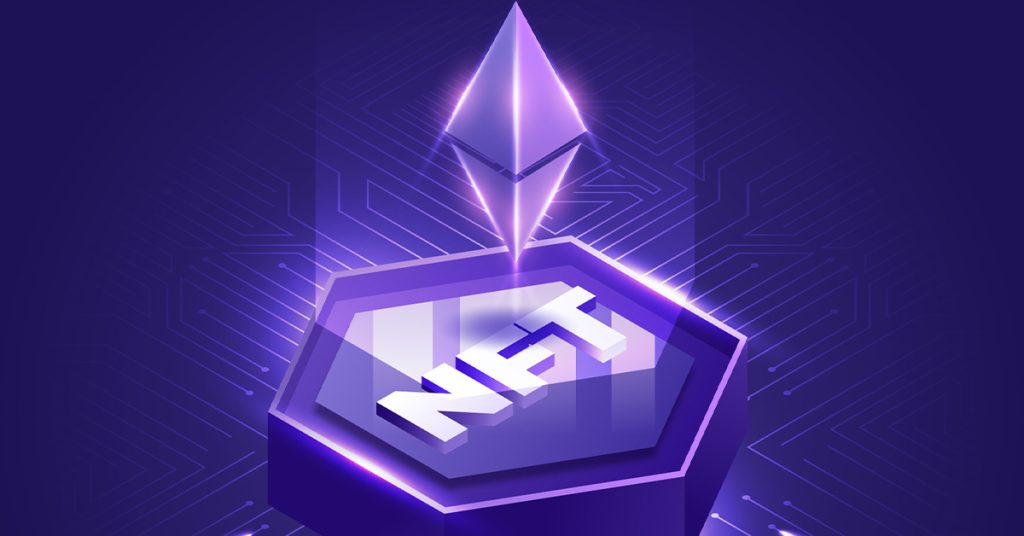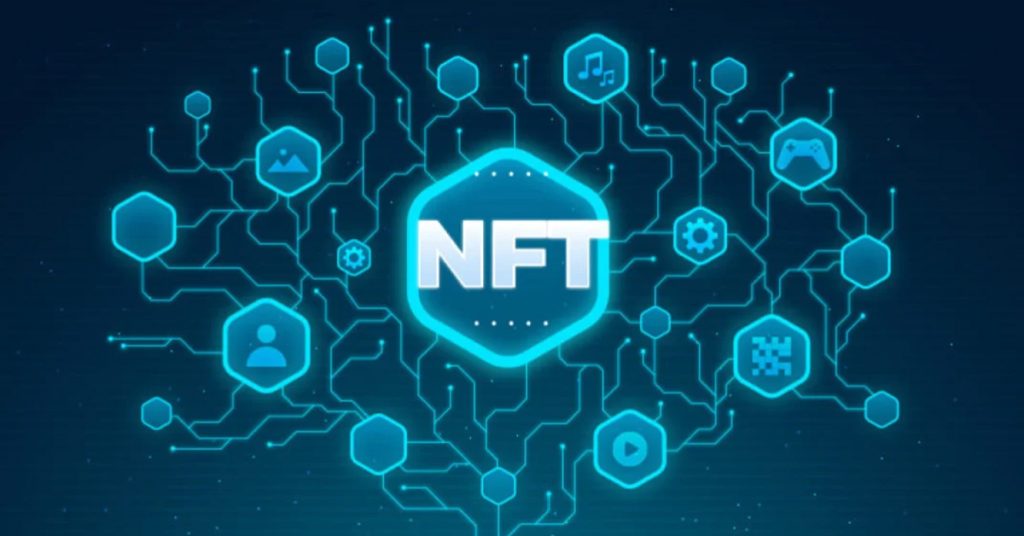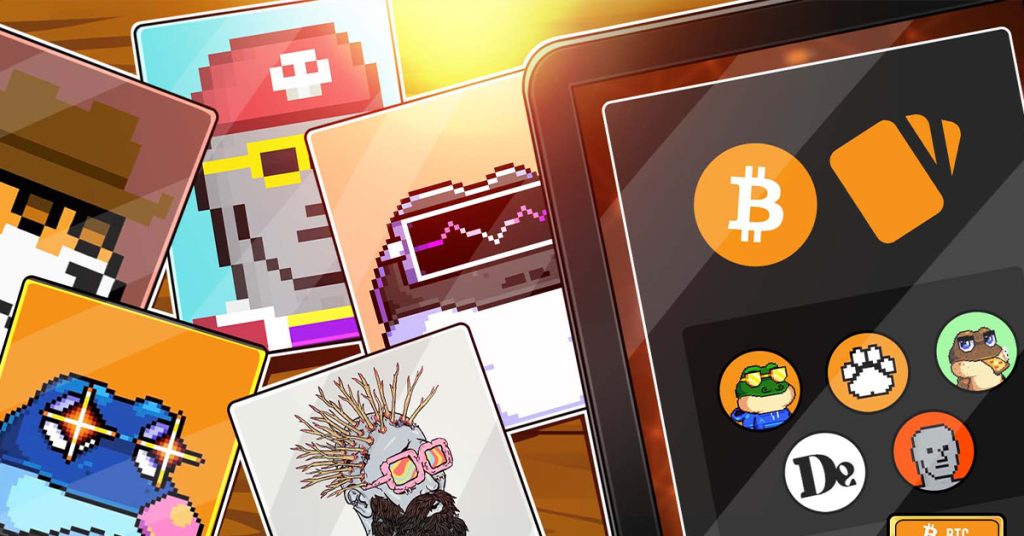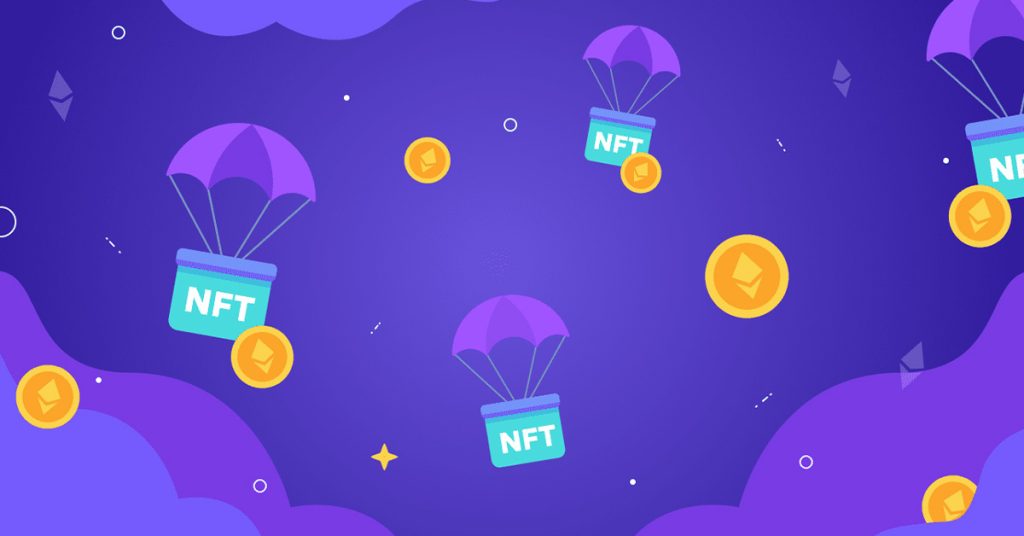The Best Cardano Wallets for NFTs
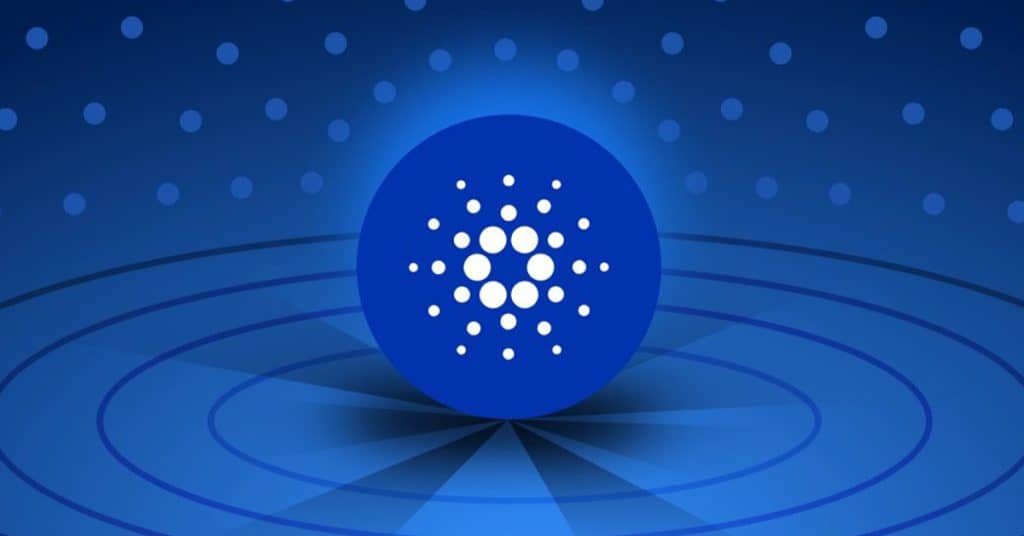
If you’re looking at NFT communities outside of Ethereum, then an accessible ecosystem, with plenty of activity and opportunities to profit, is Cardano.
However, to get started with Cardano NFTs, which means transacting in ADA, it’s not possible to use MetaMask, and you’ll need a dedicated Cardano wallet.
There are several options, so let’s take a look at which are the best Cardano wallets for NFTs, and then wrap up with the best Cardano NFT marketplace and analytics tools.
Best Cardano Wallets for NFTs
Before we get started, an important point is that when using Cardano wallets, you’ll need to begin (after the wallet is set up and contains some ADA) by adding collateral.
Every wallet will have an option to do this, and the recommended amount is 5 ADA, which will be locked up and allows you to interact with smart contracts. You can unlock and retrieve this collateral at any time.
Another thing to remember is that you can easily generate income by staking your ADA. A great point about Cardano is that staked ADA never leaves your wallet, and you can unstake at any time.
All the wallets mentioned here are compatible with Ledger and Trezor hardware wallets, although you should always check whether the specific model you are using is supported.
Nami
Image credits: Nami
The Nami wallet has established itself as a Cardano standard, and is very easy to get started with. Like MetaMask, it sits up in your browser bar ready to use once you’ve downloaded it, and it’s very widely supported.
Nami displays your NFTs, and supports Cardano native tokens. It’s easy to stake ADA with the Delegate button, but Nami selects the Berry staking pool by default (which is run by the creator of the wallet), although there are simple ways to delegate to other pools.
GeroWallet
Image credits: GeroWallet
Featuring well-designed UI, GeroWallet is user friendly and looks good, making it a strong competitor to Nami. Like Nami, it’s browser-based, displays NFTs, and also supports Cardano native tokens.
You can stake ADA to any pool, and this wallet also has its own token, GERO, with plans to let users stake that in-wallet. There is also a utility NFT collaboration between GeroWallet and a platform well-known in the Cardano NFT space called Bajuzki Studios.
Eternl
Image credits: Eternl
This wallet was originally known as CCVault, but has now upgraded and adopted a catchier name. It’s a browser extension, but opens in a new tab, giving it a different feel to the MetaMask type wallets.
The interface is very detailed, but be aware that it looks advanced and doesn’t have the kind of consumer-ready design needed to onboard newcomers used to more polished applications.
Eternl allows you to easily view your NFTs, and do everything else Cardano-related, and is a good choice if you want something aimed at more technically proficient users.
NuFi
Image credits: NuFi
If you’re looking for a cross-chain wallet, then NuFi is a useful, browser-based option. It supports Cardano NFTs and other native tokens, allowing you to view and manage NFTs, and stake your ADA as you like.
When it comes to other chains, NuFi also supports Solana and Flow, with NFT management features for both networks, and Ethereum support is scheduled to become active sometime in Q4 this year.
Flint
Image credits: Flint
Also planning to provide support across several blockchains, there is the Flint wallet. This is browser-based, cleanly designed, and suitable for Cardano NFTs, native tokens, and staking.
Flint is currently working on compatibility with Solana, Ethereum, Algorand, and possibly some other blockchains. However, support for these chains is not yet active, and it’s not clear exactly when cross-chain support will launch.
Typhon
Image credits: Typhon
One more solid, well-supported option is Typhon, which provides full Cardano NFT and token support, and staking to any pool. Typhon initially opens as a simple browser-extension wallet, but can expand into a more advanced dashboard if required.
Useful Cardano NFT Resources
Image credits: JPG Store
The main Cardano NFT marketplace, where the vast bulk of trading takes place, is JPG Store. It supports all the above-listed wallets, and is reliable and straightforward. JPG Store will be easy to use if you’ve ever traded NFTs through OpenSea.
For dedicated Cardano NFT analytics, there are CNFT Jungle and Open CNFT. To check rarity, try CNFT Tools, and for NFT analytics across several chains, including Cardano, there is Stocktwits, which covers a range of financial markets.
There was also a recent tweet from the Rarible NFT marketplace suggesting that it might integrate Cardano NFTs, but we’ll have to wait and see whether or not that actually happens.
The Outlook for Cardano and its NFTs
When compared to Ethereum, Cardano’s NFT space is cheaper and easier to navigate, and is not so oriented around big names and hype cycles. Price movements and developing trends can feel more organic and simple to keep track of, but on the negative side, volumes are lower.
Cardano is in the next crypto tier after Bitcoin and Ethereum, and, in its favor, has a uniquely academic approach to development, but sometimes progresses slowly. Overall, Cardano continues to evolve on its own terms, has a dedicated community, and its NFT space is bustling with creativity.

